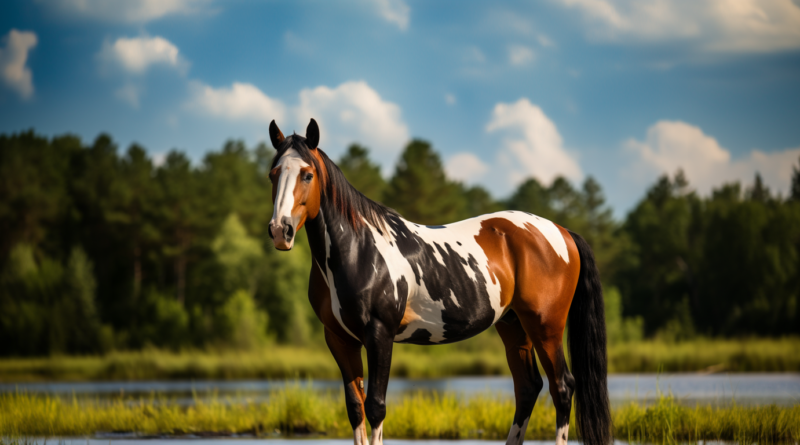Training Techniques for Racehorses
So you’ve always wondered how those magnificent racehorses are trained to reach their peak performance? Well, look no further! In this article, we’ll explore the fascinating world of training techniques for racehorses. From rigorous exercise routines to specialized diets, these equine athletes are put through their paces to ensure they bring their A-game to the track. Get ready to uncover the secrets behind their incredible speed, endurance, and agility. So saddle up and let’s dive into the world of training techniques for racehorses!
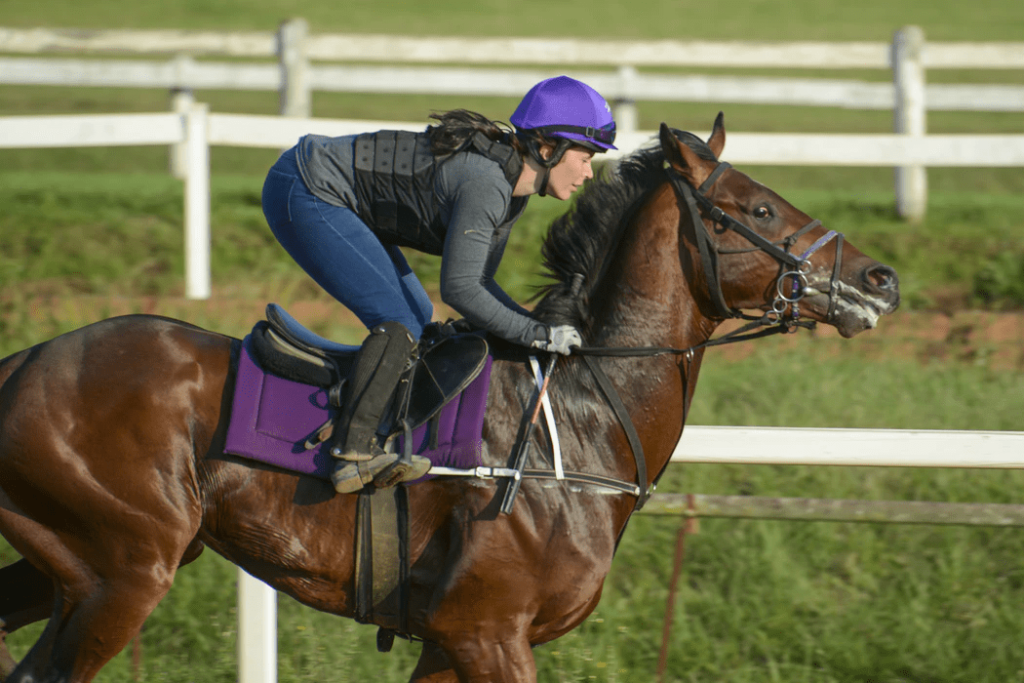
Training Techniques for Racehorses
When it comes to training racehorses, there are several key techniques and principles that form the foundation of an effective training program. From physical conditioning to mental preparation, feeding and nutrition to training equipment, each aspect plays a crucial role in shaping a racehorse into a competitive athlete. In this article, we will explore the basic principles of racehorse training and delve into the specific techniques used in different areas.
Basic Principles of Racehorse Training
To train a racehorse successfully, it is essential to have a solid understanding of the horse’s anatomy and physiology. By comprehending how their bodies work, trainers can tailor their training programs to meet the individual needs of each horse. Additionally, establishing a training schedule helps provide structure and consistency in the horse’s training routine, promoting progress and development. Monitoring the horse’s health and fitness is also crucial, as it allows trainers to identify any potential issues and make adjustments accordingly. Finally, building a strong foundation is important as it sets the stage for more advanced training techniques down the line.
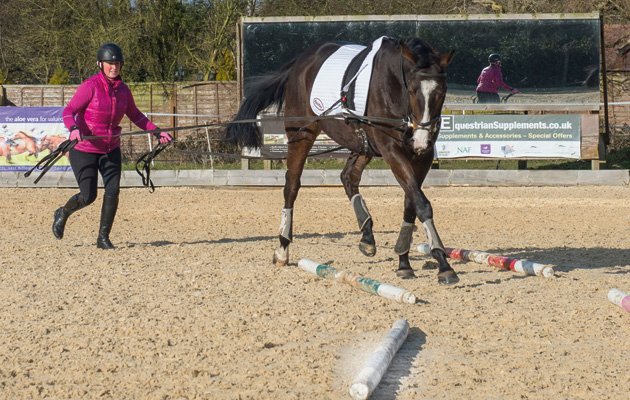
Physical Conditioning
Physical conditioning is a vital aspect of racehorse training. It encompasses activities aimed at improving cardiovascular fitness, strength, flexibility, mobility, and muscle endurance. Cardiovascular conditioning, achieved through activities such as long, steady gallops or interval training, enhances the horse’s overall stamina and endurance. Strength training, on the other hand, focuses on building the horse’s muscular strength to support powerful and efficient movement. Flexibility and mobility exercises help maintain a horse’s range of motion, preventing injuries and promoting fluid movement. Lastly, muscle endurance training involves specific exercises that target the horse’s stamina, enabling them to maintain peak performance for longer periods.
Mental Preparation
While physical conditioning is crucial, mental preparation is equally important in training racehorses. Training the horse’s mind involves various techniques to help them develop focus, concentration, and mental resilience. By exposing horses to different environments, trainers stimulate their minds and encourage adaptability, preparing them for the unpredictable nature of races. Desensitization training is also a valuable tool, helping horses become accustomed to noise, crowds, and other potential distractions they may encounter on race day. By nurturing a confident and focused mindset, trainers can ensure that their horses are mentally prepared to perform at their best.
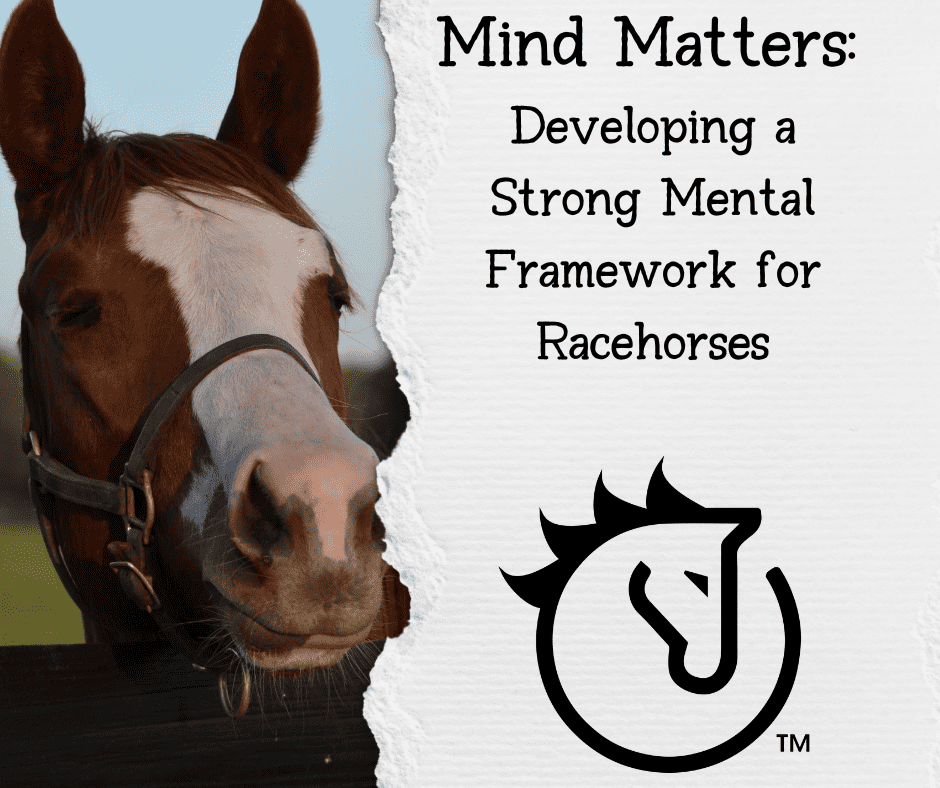
Feeding and Nutrition
Feeding and nutrition play a fundamental role in the overall health and performance of racehorses. Providing a balanced diet is crucial to meet the specific nutritional needs of these athletes. High-quality forage, such as hay and pasture, forms the foundation of their diet, while concentrates and supplements are used to ensure they receive adequate energy, protein, vitamins, and minerals. Timing of meals is also important, with horses generally being fed smaller, more frequent meals throughout the day to support their metabolism and digestion. Additionally, supplements and vitamins may be incorporated into their diets to address specific needs, such as joint health or coat condition.
Training Equipment
Various training equipment is used in racehorse training to aid in their development and enhance their performance. Saddles and bridles are essential pieces of equipment that provide comfort and control during training sessions. Bits and bitting, specifically chosen to suit each horse’s needs and preferences, assist in communication and control. Tack, such as martingales, may also be utilized to help maintain correct head carriage and enhance balance. Modern technology has introduced innovative training tools, such as treadmills and equine simulators, which offer controlled and specific training experiences to horses.
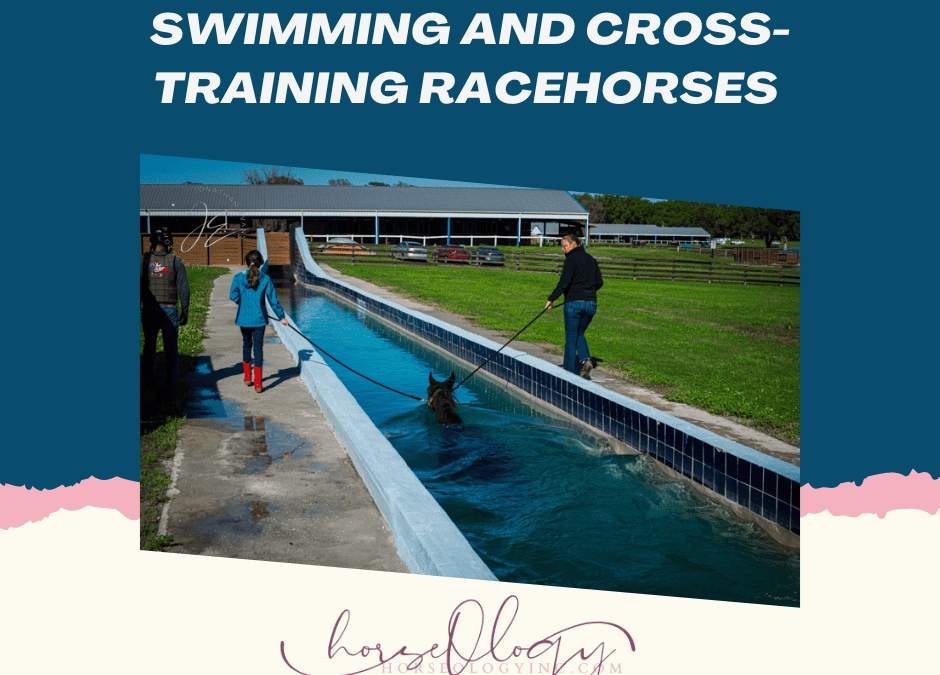
Warm-up and Cool-down Exercises
Warm-up and cool-down exercises are crucial components of any training session. They help prepare the horse’s body for exercise and facilitate a smooth transition into physical activity. During warm-up, stretching exercises help improve flexibility and prevent injuries. Walking and trotting are commonly incorporated to gradually raise the horse’s heart rate and loosen up their muscles. Cool-down exercises are equally important to facilitate recovery and reduce the risk of muscle soreness or stiffness. A gradual decrease in intensity, combined with continued walking, allows the horse’s body to gradually return to a resting state.
Interval Training
Interval training is a highly effective technique used to improve a racehorse’s cardiovascular fitness and overall speed. It involves alternating periods of high-intensity exercise with periods of active recovery. By pushing the horse’s physical limits during the higher intensity intervals, their cardiovascular system is challenged and strengthened. Designing interval training programs requires careful consideration of the horse’s current fitness level and goals. Regular monitoring of the horse’s recovery after each interval session helps ensure that they are not overly fatigued and can safely continue their training program.
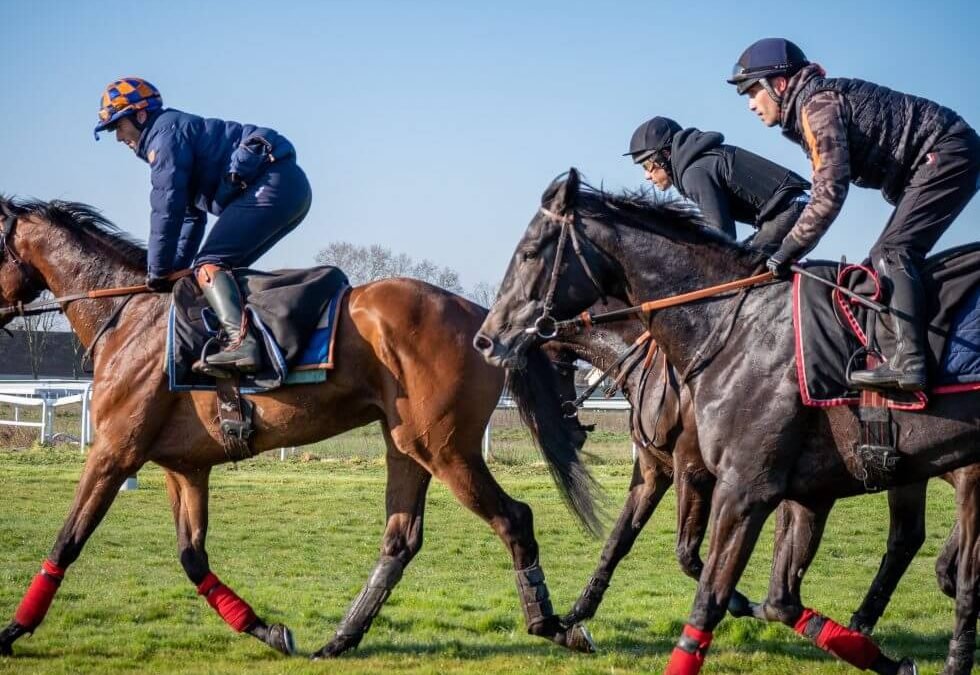
Speedwork
Developing speed is a crucial aspect of racehorse training. It involves specific exercises and workouts designed to enhance the horse’s maximum velocity. Different types of speedwork, such as sprinting or timed gallops, can be incorporated into a training program to target different aspects of speed development. Track workouts are particularly useful as they allow horses to practice running at high speeds in a controlled environment. By gradually increasing the intensity and distance covered during speedwork sessions, trainers can help racehorses reach their peak potential.
Hill Training
Hill training is an effective method to build strength and endurance in racehorses. By working against gravity, horses are challenged in ways that enhance their overall fitness. Uphill gallops engage the horse’s hindquarters and develop their power and ability to maintain speed on various terrains. Downhill training helps improve balance, coordination, and leg strength. Incorporating hill training into a training program adds variety and stimulates the horse’s muscles in unique ways, contributing to their overall athleticism.
Plyometric Exercises
Plyometric exercises are dynamic movements that focus on explosive power and muscular development. They help racehorses improve their stride length, quickness, and overall performance. Exercises such as jumps and skip-runs engage the horse’s muscles at a high intensity, promoting greater strength and coordination. Plyometric training is typically performed on a soft surface, such as a well-maintained arena or turf, to minimize the impact on the horse’s joints. When incorporated correctly, these exercises can significantly enhance a racehorse’s athletic capabilities.
Galloping
Galloping is an essential training technique for racehorses as it improves their cardiovascular fitness, stamina, and stride efficiency. Regular gallops help horses develop the ability to sustain high speeds for longer intervals, a crucial factor in competitive racing. Selecting the right galloping surfaces, such as well-groomed training tracks or appropriately maintained turf, is important to provide a safe and consistent training experience. Trainers carefully manage galloping sessions, gradually increasing the distance and intensity to help racehorses reach their peak performance levels while minimizing the risk of injury.
In conclusion, training racehorses requires a comprehensive approach that encompasses both physical and mental aspects. By understanding the principles of racehorse training and utilizing various techniques, trainers can shape these magnificent athletes into top-performing racehorses. From proper conditioning and nutrition to utilizing the right equipment and training methodologies, every element plays a crucial role in maximizing a racehorse’s potential and ensuring their success on the track.

